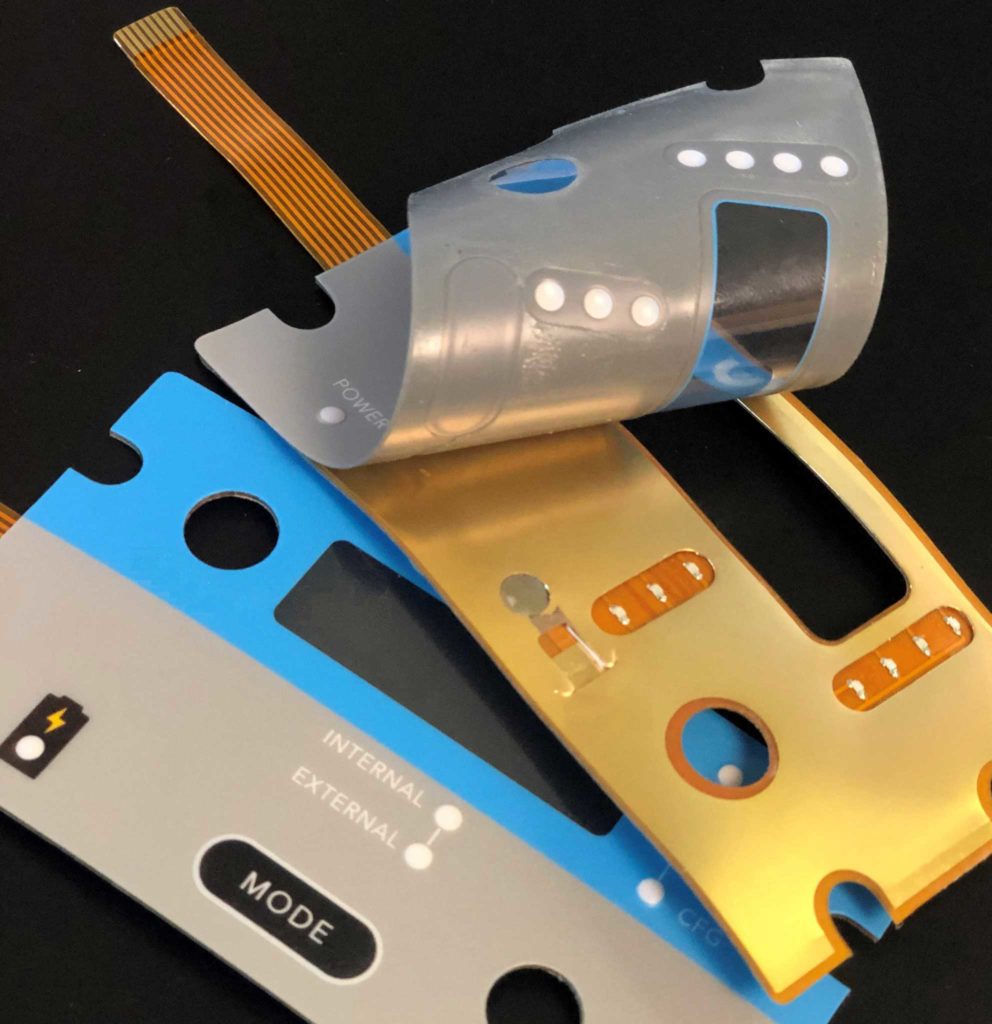Industrial Controls
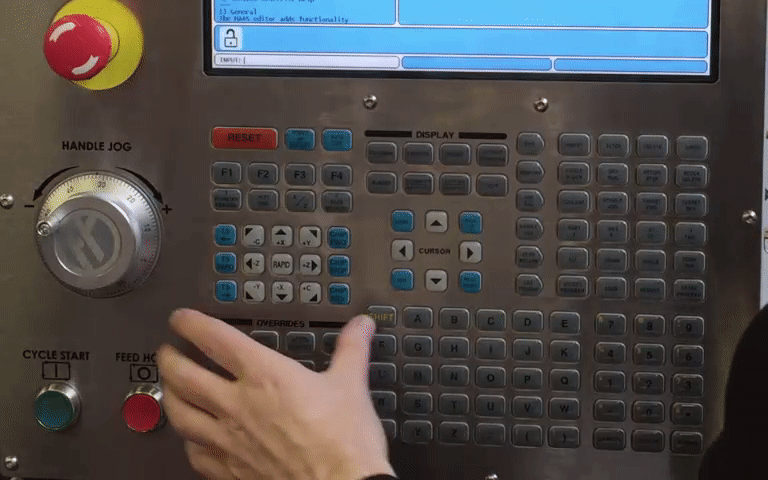
CSI Industrial Control HMI Solutions
Industrial machinery and equipment often require keypads and human machine interfaces that are rugged and built to last in tough environments and extreme temperatures. These custom industrial keypads need excellent tactile response while also being environmentally sealed from water and dirt and the ability to withstand abuse. For industrial controls, we typically recommend a rubber keypad or membrane switch due to their reliability, high tactility, and ability to seal the circuitry and electronics that sit behind it.
Industrial Control User Interface Solutions
With our unlimited design and manufacturing capabilities, CSI Keyboards is able to supply our customers with custom tactile membrane keypads that meets their needs as a user interface and face plate to their product. By working directly with our customers, we are able to engineer and manufacture custom membrane switch and membrane keypad technology that meets specific customer requirements in both performance and visual aesthetics.

UV Resistant

Environmentally Sealed
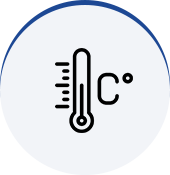
Temperature Resistant

Chemical Resistant
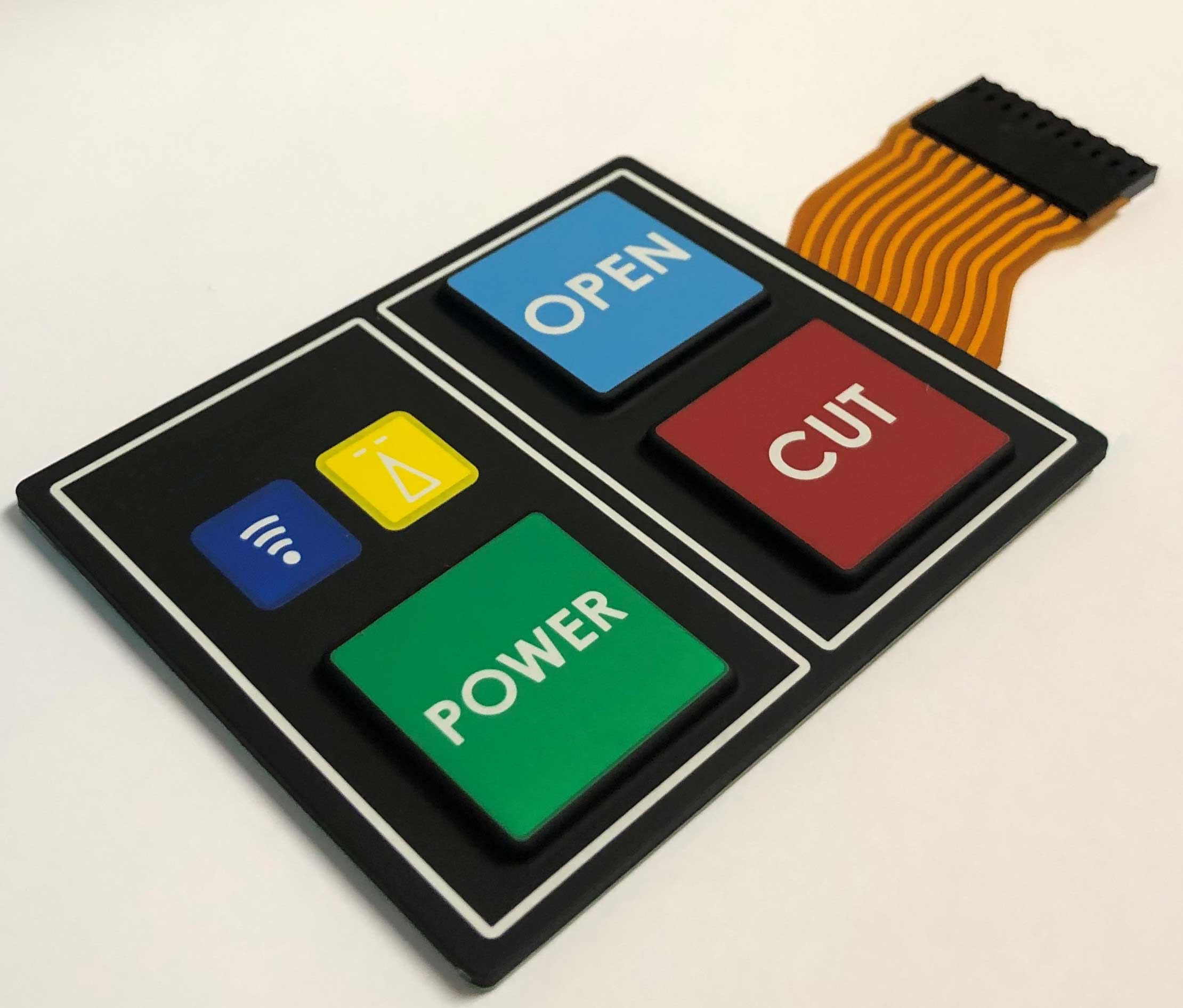
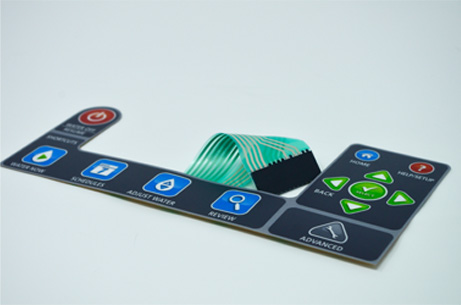
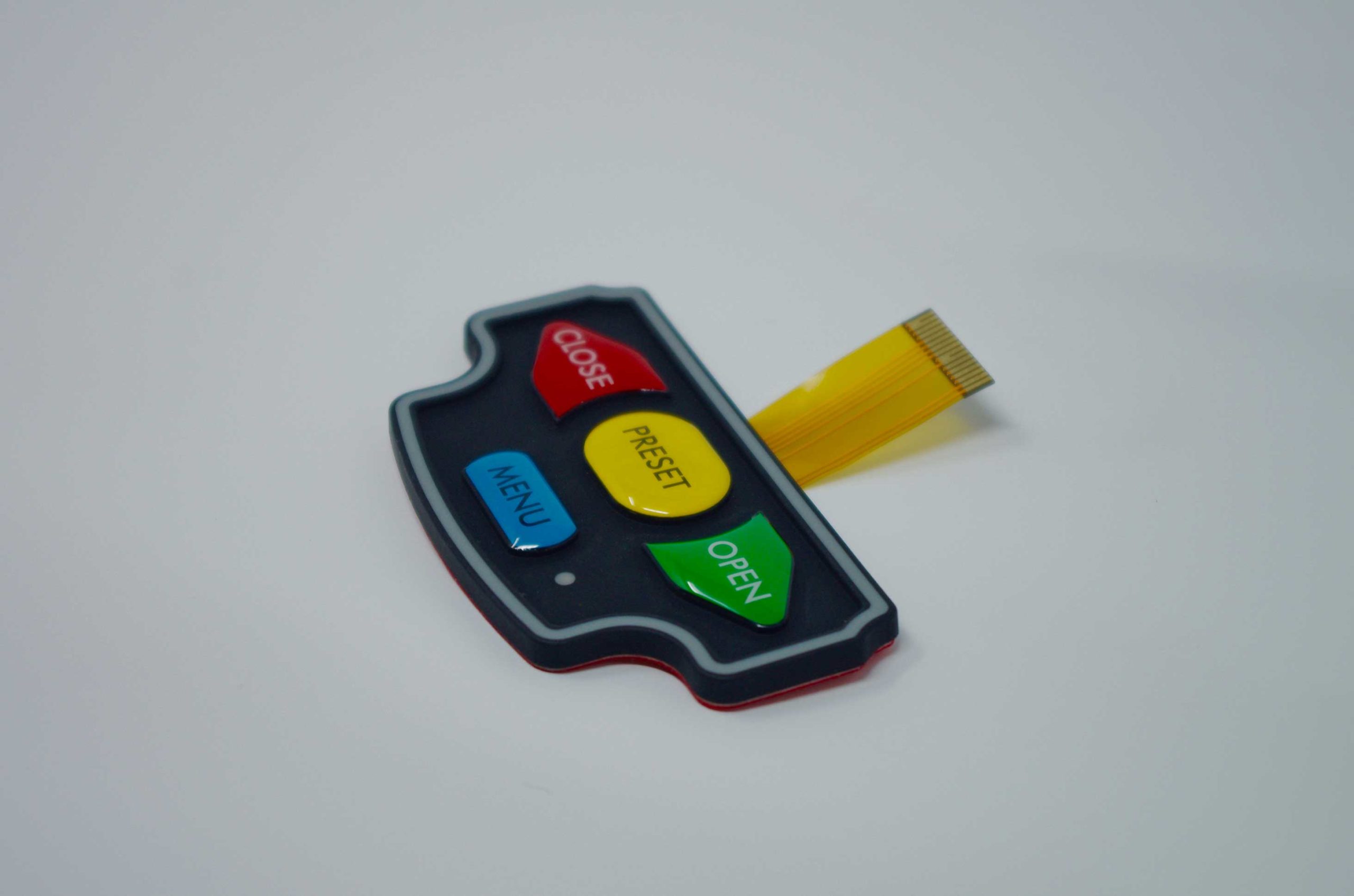
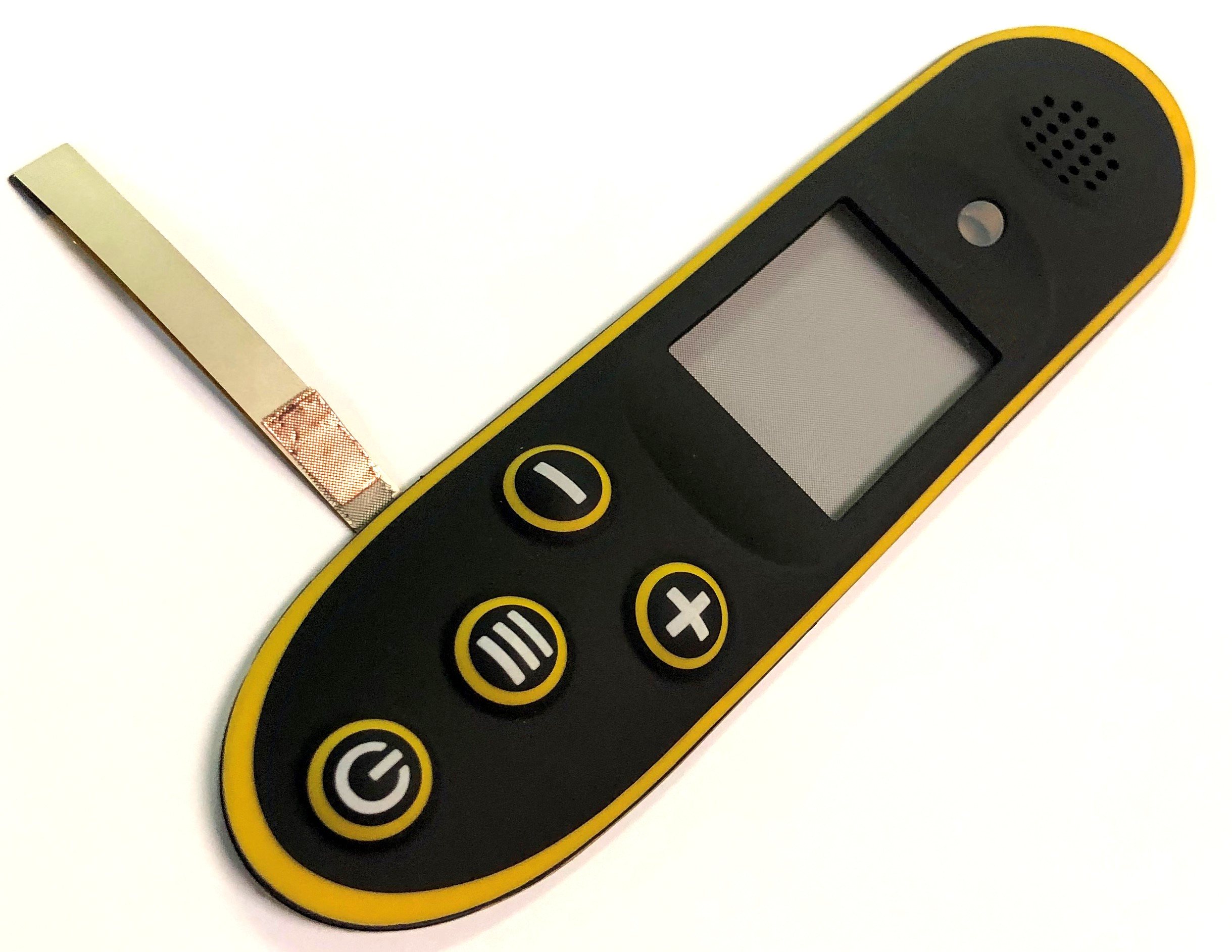

Custom Elastomer Rubber Keypad Solutions & Features
Silicone rubber is a great material to use for a industrial control user interface due to its ability to be molded into virtually any shape and color, allowing for larger keys that sit higher than an embossed polyester overlay. These rubber keys can also be engineered to have a greater tactile feel than a standard membrane switch, which helps if the user is wearing gloves. Silicone rubber has also been shown to extend the life of the switch due to its cushioning qualities, and even acts as an EMI barrier.
Along with great tactility and high reliability in tough environments, rubber keypads offer the following:
- Rubber can be molded into any shape, size or color
- Custom designed actuators and flex walls for optimal performance & tactility
- Flexible circuit based (copper flex Kapton or silver) or PCB based
- Rubber keypad connector options
- Rubber keypad backlighting
- Laser etching for backlighting
- PU coatings
- Parylene coatings
- UV resistant coatings
- Conductive carbon pills
High Performance Adhesives and Polyesters
CSI Keyboards utilizes the top of the line adhesives specially formulated to provide high bond strength to surfaces. Our adhesives are resistant to humidity, UV, water, temperature, and chemicals.
CSI Keyboards utilizes polyester specially formulated to resist ultraviolet light, moisture and wide variations in temperature. CSI Keyboards offers both fine and velvet polyester textures specifically designed for outdoor applications. Our membrane keypads are UV, humidity and chemically resistant.
Copper Flex Circuitry
CSI Keyboards uses copper flex circuitry in the majority of our keypad designs due to its excellent dielectric strength, thermal stability, chemical resistance and flexibility. Copper flex, also known as Kapton circuits, have become the superior choice over printed silver especially for outdoor applications. A printed silver circuit can be replaced with a copper and polyimide construction with minimal additional cost. Copper flex circuitry construction designs offer a significant advantage over printed silver.
Copper Flex membrane switch panels are produced using polyimide (Kapton) as the base material. Copper flex switches are manufactured by laminating a thin sheet of copper to a flexible film substrate. The copper is then chemically etched away, leaving the copper traces. An additional layer of polyimide is laminated to the circuit leaving the gold contacts exposed.
Advantages of copperflex over printed silver circuitry is as follows:
- Improved creasability – the ability to fold or crease without causing open circuits which you are susceptible to using silver ink
- Ability to put solder components directly on flex, better adhesion than bonding to silver ink
- Much more resistant to thermal shock
- No potential problems with silver migration
- Greater conductivity
- Lowering the closed loop resistance and switch bounce will be reduced by gold plating the contacts. We will have a gold to gold contact with no bounce versus silver to gold dome
- Applying stiffener to tail end using heat lamination versus cold lamination which provides better adhesion and better for pinning
- Ability to have a 0.5mm pitch vs. the 1.0mm minimum with printed silver
- Tighter trace routing capabilities

